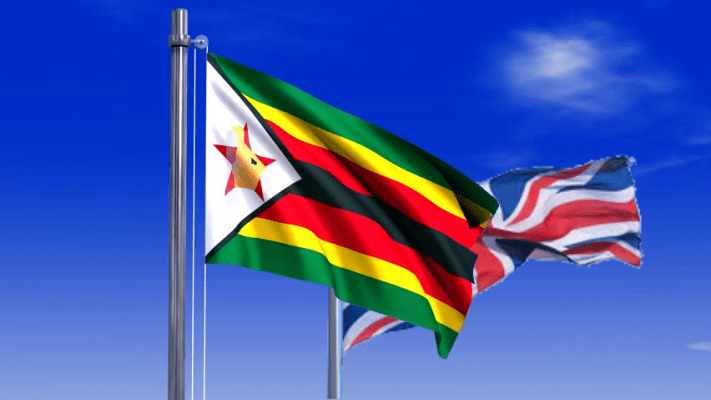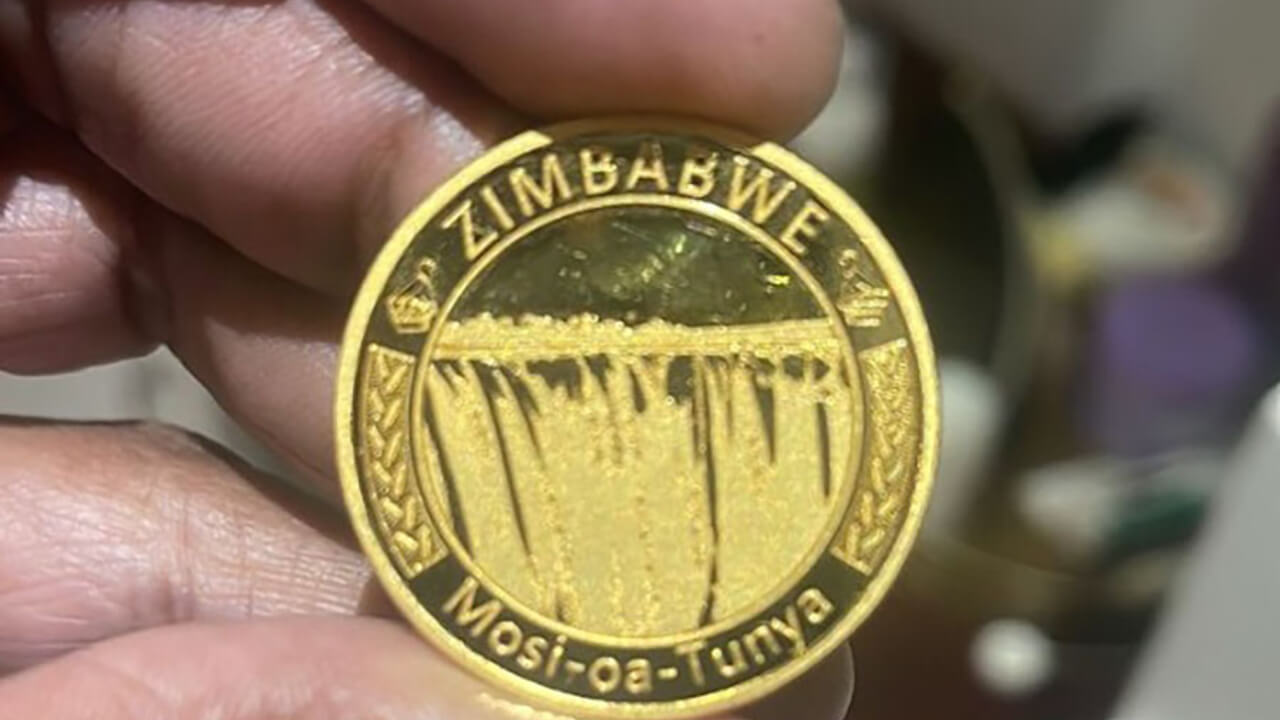CAFCA volumes to be driven by capital projects
Zimbabwe’s sole cables manufacturer, CAFCA Limited’s growth in volumes, is likely to be driven by large project orders from the mining sector and other key capital projects.
CAFCA produces and supplies cable and allied products for the transmission and distribution of electronic energy and information and has huge presence in Southern and Central Africa countries.
Zimbabwe’s mining sector has performed impressively in the last few years as the sector responded to the reforms and other enabling policy shifts and strong commodity prices on international markets.
As a result, the existing mining companies are engaged in expanding their operations, while upcoming mines have also committed significant investments.
In its trading update for the period to June 30, 2023, CAFCA said export volumes were 106 tonnes in the current quarter compared to the same quarter last year where 91 tonnes were hauled.
“Our customers in Malawi continue to experience difficulty obtaining foreign currency, so stock replacement there is slow. Mozambique, Rwanda, and Tanzania sales were in line with the forecast,” the company said.
According to the update, the firm’s local volumes for the quarter were 6 percent down on the same quarter last year, with the largest drop being in the utilities sector but a marked drop in all the other sectors towards the end of the quarter due to the tight Zimbabwe dollar monetary policy.
The Treasury has maintained a liquidity stranglehold and the squeeze has seen many firms and individuals’ disposable incomes seriously whittled, a situation that has also damaged many firms’ figures.
“The last quarter of the financial year outlook is mixed with the tight monetary policy impacting negatively on volumes and the large project orders we have in the mining sector improving volumes to ensure we have a good quarter.
“We have seen, with the ZimDollar tightly controlled in the market, a shift in our US dollar sales to 85 percent of turnover, hence ensuring adequate foreign currency for import needs.
The government has maintained tight fiscal and monetary policies as part of efforts to curb exchange rate volatility and inflation.
The measures include the squeeze on ZimDollar liquidity, which has been achieved through high interest rates, open-market operations, and relatively higher statutory reserves.
According to the RBZ, it has held the benchmark interest rate to give time for the instituted measures to have their full effect on the dual currency economy in light of the recent positive developments in inflation and exchange rates.
In June this year, the RBZ raised its policy interest rate from 140 percent to 150 percent per annum in an effort to tame inflation.
The apex bank also increased the medium-term bank accommodation interest rate from 70 percent to 75 percent per year.
In this regard, several companies and businesses are experiencing shortages of Zimbabwe Dollar liquidity, a situation they hope will improve.-ebusinessweekly











